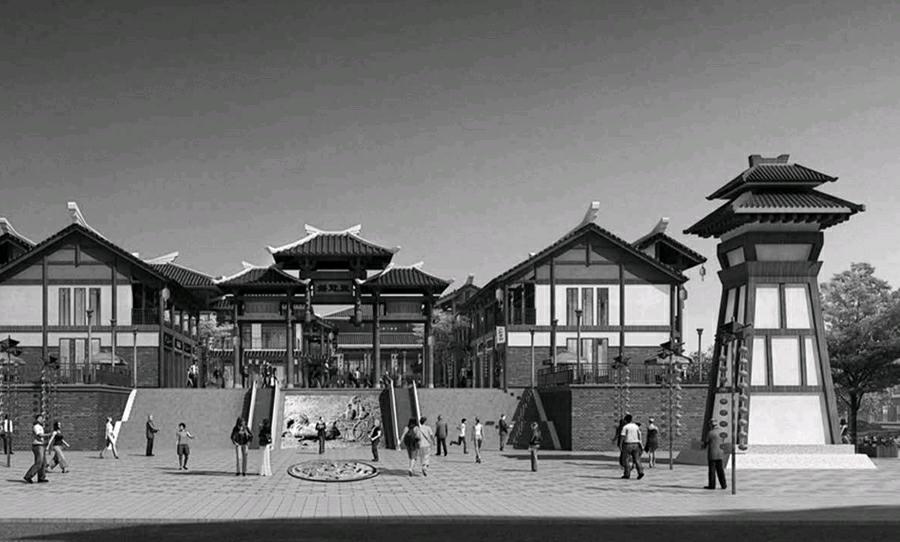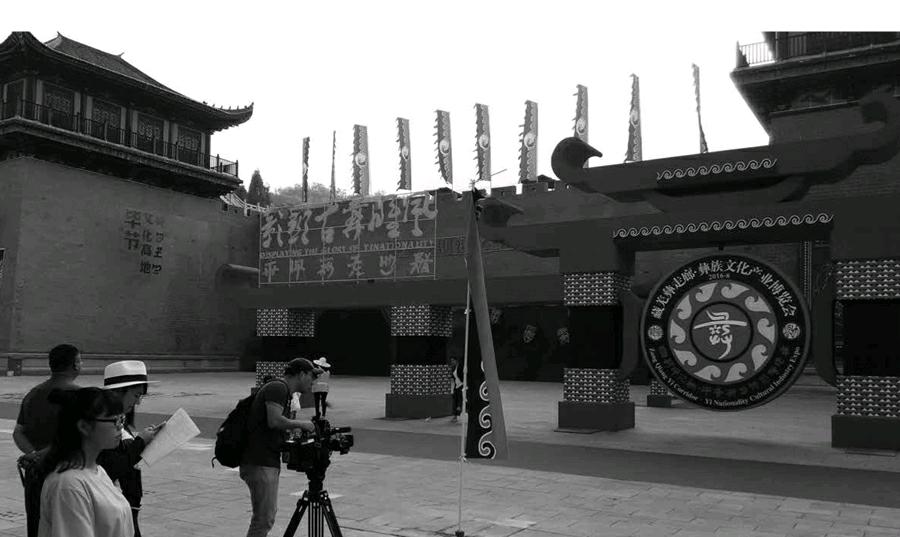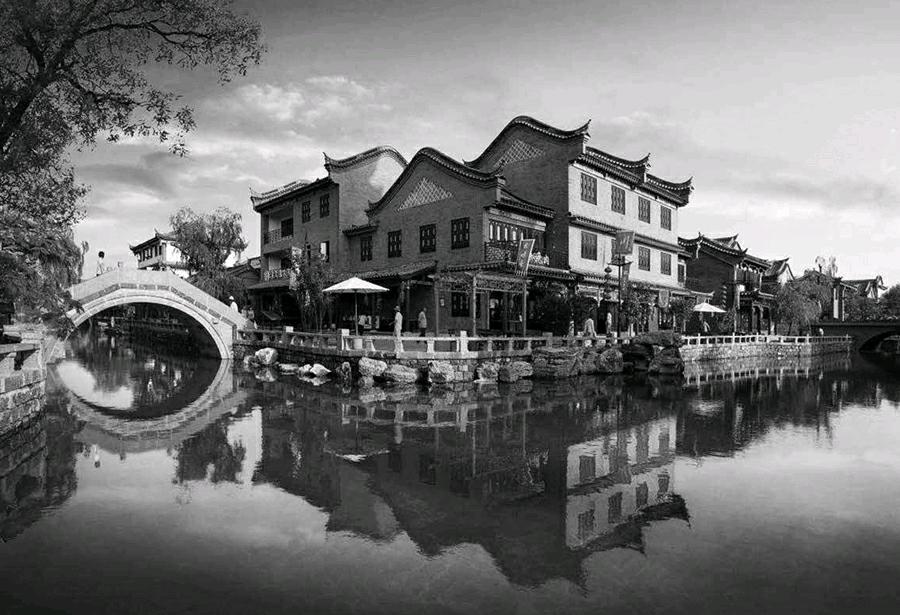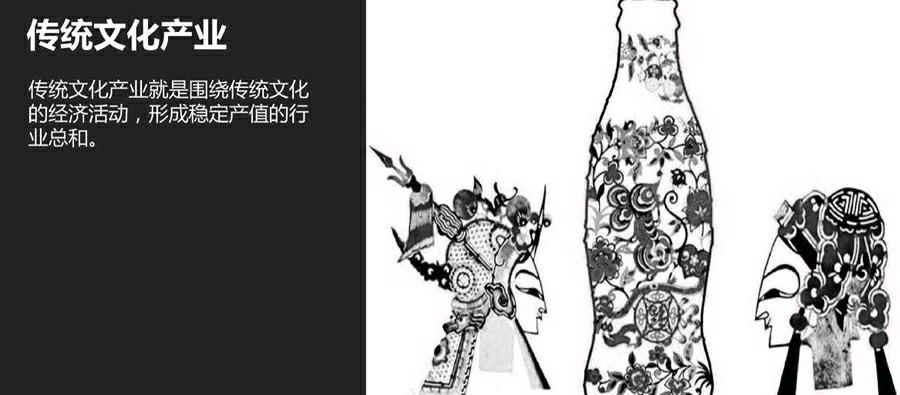China’s Cultural Industry Reports Steady Revenue Growth
Chinas cultural industry posted double-digit revenue growth in the first three quarters of 2017, according to official data Monday. The industry saw revenue increase 11.4 percent year-on-year to reach 6.8 trillion yuan ($1 trillion) in January-September, according to the National Bureau of Statistics. The growth was 4.4 percentage points higher than the same period last year. The bureau tracks around 54,000 companies across 10 cultural sectors -- six in services and four in manufacturing.
Income from “Internet Plus” cultural services remained strong, with revenue of cultural information services jumping 36 percent year on year. The countrys developed eastern region contributed 75.1 percent of the total revenue, but the less developed western region reported faster growth than other regions, with a 13.4-percent increase in revenue. China is planning to develop its cultural industry into a key area of the national economy by 2020 by up- grading its structure, encouraging major brands and boosting consumption.
Chinas cultural industry saw steady revenue growth in the first half of 2017 on strong income from “Internet Plus”cultural services, official data showed. The sectors combined revenue amounted to 4.39 trillion yuan (about $651.3 billion), up 11.7 percent year on year, according to the National Bureau of Statistics.
The growth rate was 3.8 percentage points higher than the same period last year. The bureau tracks around 54,000 companies across 10 cultural sectors-- six in services and four in manufacturing. Revenue from information transmission services increased the most, by 32.7 percent year on year, followed by 16.8 percent for entertainment services and 14.7 percent for artistic services. The countrys more developed eastern region contributed 74.9 percent of the total revenue.
China is planning to develop its cultural industry into a pillar of the national economy by 2020 by upgrading its industrial structure, fostering major brands and boosting consumption, according to a government blueprint made public Sunday. Issued by the general offices of the Communist Party of China(CPC) Central Committee and the State Council, the outline for the 13th five- year program (2016-2020) period on cultural development and reform specifies the guiding principles, major goals, key projects, as well as policy supports for future cultural reforms.
This period is decisive for Chinas goal of building a moderately prosperous society in an all-round way by 2020, and also key for promoting the countrys cultural development, the outline said. “Building a discourse system” was listed as one of the major innovative projects in the philosophy of the social sciences under the plan. The outline said that research should focus on the CPC Central Committees new governance concepts, ideas and strategies. The outline also called for support for specialized high-level think tanks, saying their role should be given full play.endprint

Pillar industry
Vowing to develop its cultural industry into a pillar of the national economy by 2020, the country will help create cultural enterprise groups with core competitiveness and high market share, the outline said. “Several of them should strive to be among the top in the industry globally by 2020,” it said. The government will promote both mergers among State-owned cultural enterprises and cross-ownership mergers and acquisitions.
Newspapers and magazine resources should also be merged or reorganized and news and publishing organizations with long-term financial and operational difficulties should be shut down or revamped, according to the outline. Stateowned cultural enterprises are encouraged to use the capital market to grow stronger if conditions allow, it said, adding that asset securitization will be promoted in the industry.
In addition, efforts will be made to run major cultural assets and equity exchange platforms well, and encourage State-owned cultural assets to conduct transactions and test exchanges of TV dramas on these platforms, said the outline.
Online media
China will gradually set up a modern communication system by 2020, the outline said. It will boost the development of online media by encouraging eligible websites to go public and create new mainstream media institutions and groups during the 2016-2020 period.
Authorities will give support to mainstream media institutions in developing their websites and new media. It will step up efforts to guide and standardize investment in the Internet cultural sector with both state and private funds. Meanwhile, existing laws and regulations on news and publishing will be extended to cover the management of online media, according to the document.
“The licensing mechanism on sources of online news should be improved, while management over news gathering and reproduction qualifications should also be strengthened,” it said.
The outline also vowed to set up a sound system for online copyright. Aiming to ensure a good order for communication, the government will intensify management over search engines, instant messaging tools and news apps, and clarify operators responsibilities for content disseminated via microblog or WeChat, it said.
Expanded service
A modern public service network should be put into place by 2020 with more standardized and equitable services offered, the outline said. Apart from major public cultural projects, including museums, galleries, libraries and cultural centers, members of minority groups, disabled people, migrant workers and other special groups will also receive more cultural services.endprint
The government at all levels will be encouraged to purchase public cultural services, and social organizations and companies will be pushed to operate or supply public cultural facilities. Promising major progress in remote and poor regions, China also plans to build more public cultural facilities, increase access to radio and TV programs, and offer subsidies for grassroots cultural workers, according to the outline.
From 2012 to 2016, the added value of the provinces cultural industry increased from 50.07 billion yuan ($7.54 billion) to 80.25 billion yuan, with an average annual growth rate of 12.5 percent. The added value of the industry accounts for 4.14 percent of the provinces GDP. During the same period, the number of cultural companies in the province increased from 15,000 to 22,000, including 13 companies traded on stock exchanges.
To make full use of the local historical and cultural resources, the local government has initiated more than 30 provincial-level cultural projects, including: the Sima Qian cultural park; a cultural park named after the novel White Deer Plain; the Yanxiang innovative cultural industry valley; and the Yellow Emperor Mausoleum National Cultural Park. Seventeen of the projects have already been completed.
Shaanxi has a total of 12 nationallevel cultural industry demonstration zones, including the Xian national culture and technology integration demonstration base, the Xian national printing and packaging industry demonstration base, the Xian national digital publishing base, and the Xian Qujiang national cultural industry demonstration zone.
A total of 361 studios produce a large number of films every year, with annual yields ranking No 6 nationally. Traditional folk art forms including porcelain-making, paper-cutting, shadow plays and farmers painting, are becoming more and more popular. Shaanxi has put great effort into fostering the local cultural industry since 2012, conducting institutional reforms, upgrading its business environment and increasing financial support.
From 2012 to 2016, Shaanxi has invested 411.53 billion yuan in fixed assets in the cultural industry, with the investment increasing on average by 39.3 percent annually. In 2014, the Shaanxi cultural industry investment fund was established to encourage excellent projects. The size of the fund has reached 1.5 billion yuan. A film and television fund was also launched this year, with 200 million yuan in the pot.endprint
To bolster small-sized cultural companies growth and development, the local government has reduced administrative fees and allocated governmental funds for them. They are also exempt from value-added tax, income tax and property tax.Each year, the Shaanxi government holds a series of promotion activities to help local projects to attract investors. With the support of the provincial government, a large number of project promotion conferences have been held in major cities and areas such as Shenzhen, Hong Kong, Macao, Beijing and Zhejiang province.
Shaanxi is located in Northwest China. Along with areas in its neighboring Shanxi and Henan provinces, it forms one of the cradles of Chinese civilization. The Terra-cotta Army is located in Lintong district in Xian, the provinces capital. The life-size terracotta warriors and horses revive the past glory of Qin Shihuang, the first emperor of China (260-210 BC). Thirteen feudal dynasties established their capitals in the province during a span of more than 1,100 years, from the Western Zhou Dynasty (c. 11th century-771 BC) to the Tang Dynasty (618-907), leaving a total of 50,000 historical relics. Today, Shaanxi residents are striving to rejuvenate local cultural platforms. A Silk Road-themed international art festival, film festival and tourism expo took place in the province one after another, continuing to provide a cultural feast for visitors.endprint

